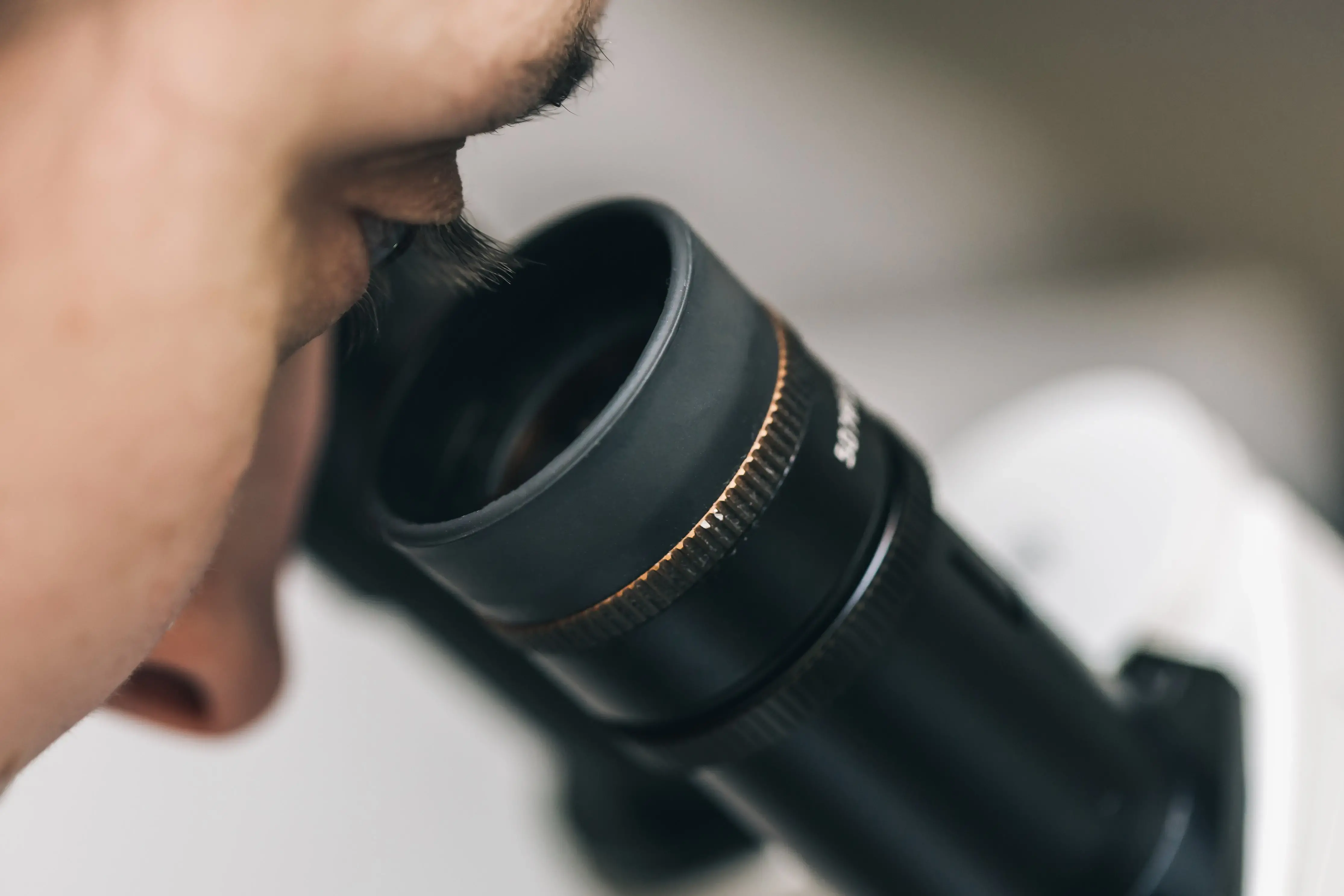
British Science Week: A brief history of evidence, fingerprints, DNA...
A busman’s holiday you might think but I found myself watching an episode of ‘Forensics; The Real CSI’ on BBC 2. Working in Leicester, being the home of one of the most important advances in forensic evidence it has always been a topic of interest.
When 15-year-old Dawn Ashworth was raped and murdered in Leicestershire, in late July 1986, Alec Jeffreys was a genetics professor at the nearby University of Leicester. Colin Pitchfork was of course the first murderer to be caught as a result of his breakthrough in DNA analysis.
Although DNA evidence alone is not enough to secure a conviction today, DNA profiling has become the gold standard in forensic science since that first case 30 years ago. Despite sample processing delays because of forensic lab backlogs, the technique has gotten progressively faster and more sensitive: Today, investigators can retrieve DNA profiles from skin cells left behind when a criminal merely touches a surface. This improved sensitivity combined with new data analysis approaches has made it possible for investigators to identify and distinguish multiple individuals from the DNA in a mixed sample.
DNA testing has become an established part of the criminal justice process, and the admissibility of the test results in the courtroom has become routine. There is not, and has never been, controversy about its ability to eliminate suspicion in cases where the suspect's DNA does not match the evidentiary sample. Debate continues, however, concerning the extent to which the guilt can be inferred when an apparent match occurs. In most cases, the best it can ever do is to place a suspect at the scene of the crime.
In the programme, multiple cameras followed serious crime investigations in real time, revealing the crucial role cutting-edge forensic science now plays. It is clear that forensic DNA analysis has come a long way since the Pitchfork case 30 years ago. There’s no telling where it will go in the next 30.
The same way that the presence of a person’s fingerprint at a crime scene does not necessarily demonstrate that they were the offender, however, many people have been charged on this basis alone. The programme also followed a Fingerprint Expert who scrutinised and evaluated all the factors pertinent to the fingerprint evidence, not just the ‘identification’. It is this wider, more thorough, approach that has previously shown some prosecution allegations cannot be sustained by the evidence and in some cases has proved the defendant’s innocence.
Not forgetting the recent rise in the use and dependence upon Digital forensics. The act of assisting an investigation by accumulating evidence from digital artifacts. These digital artifacts include computers, network, cloud, hard drive, server, and phones to name but a few. The activity also includes collecting information from emails, SMSs, images, deleted files, and much more. In short, the responsibility of a digital forensic investigator is a threefold process of preserving or recording the state of a digital device, analysing the state of digital device and reporting all of retrieved information. A technique also viewed on the programme whereby officers attempted to bridge the gap between the DNA and fingerprint evidence in building a bigger picture as to the circumstances surrounding a suspects presence at the scene.
Regardless of the method or technique used, one of the great strengths of the UK’s Criminal Justice System will always be the continuing ability of the Defence to view and question the evidence obtained by the Prosecution.

Share this article






















